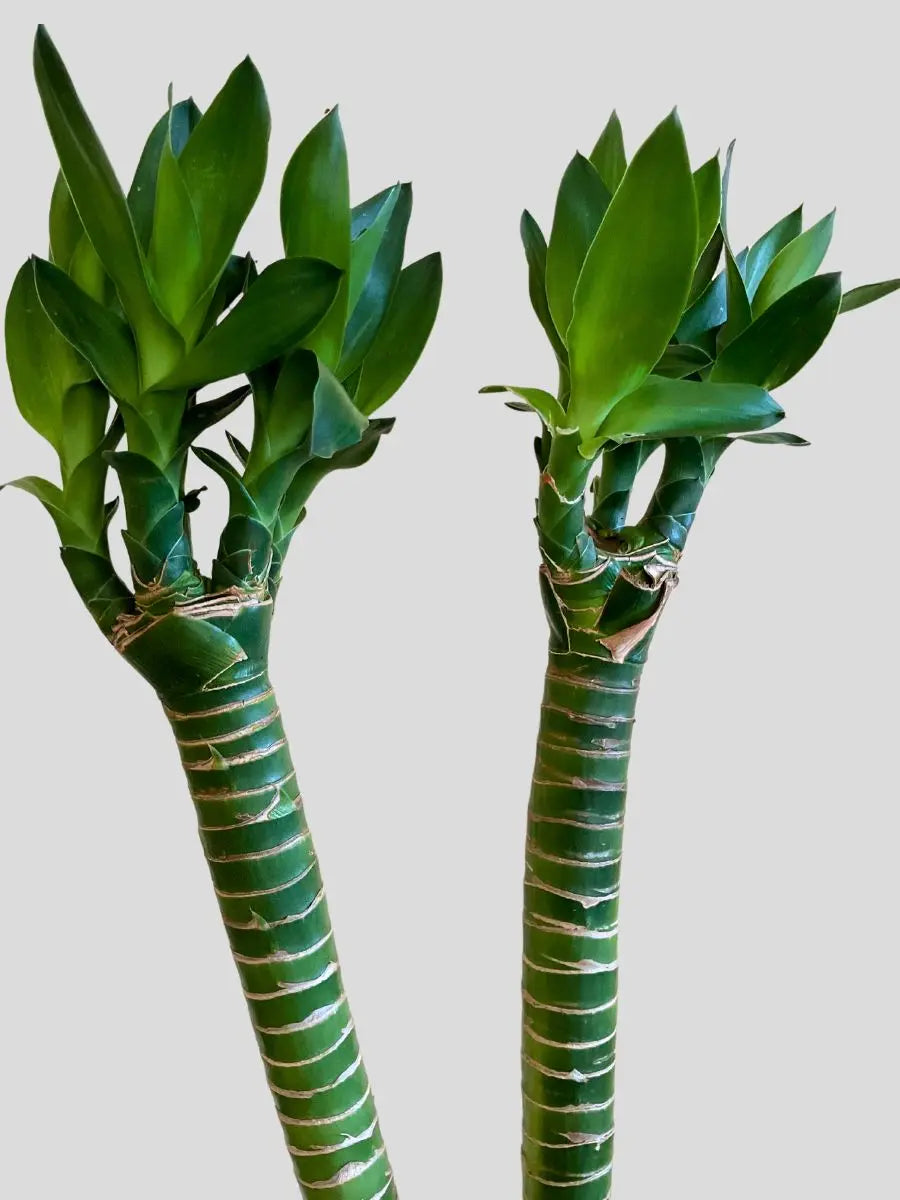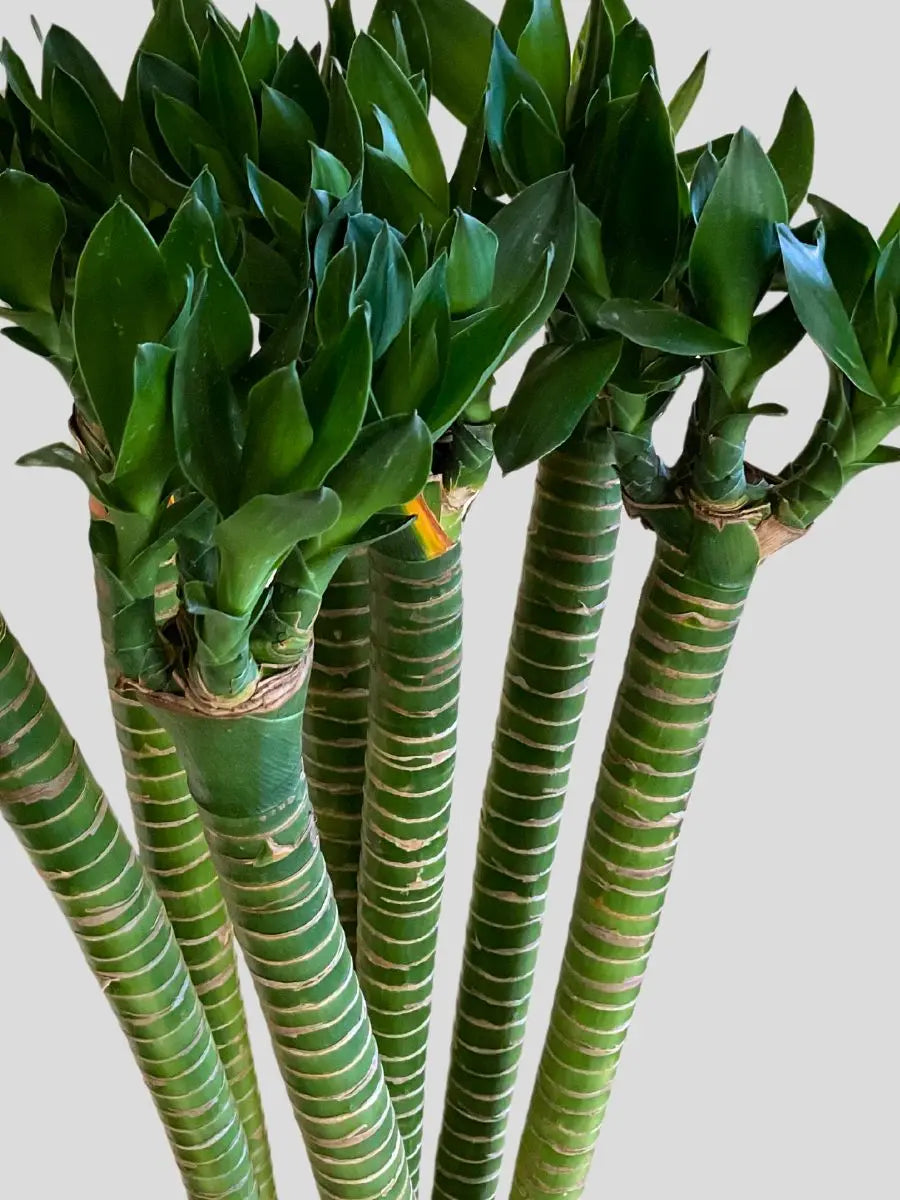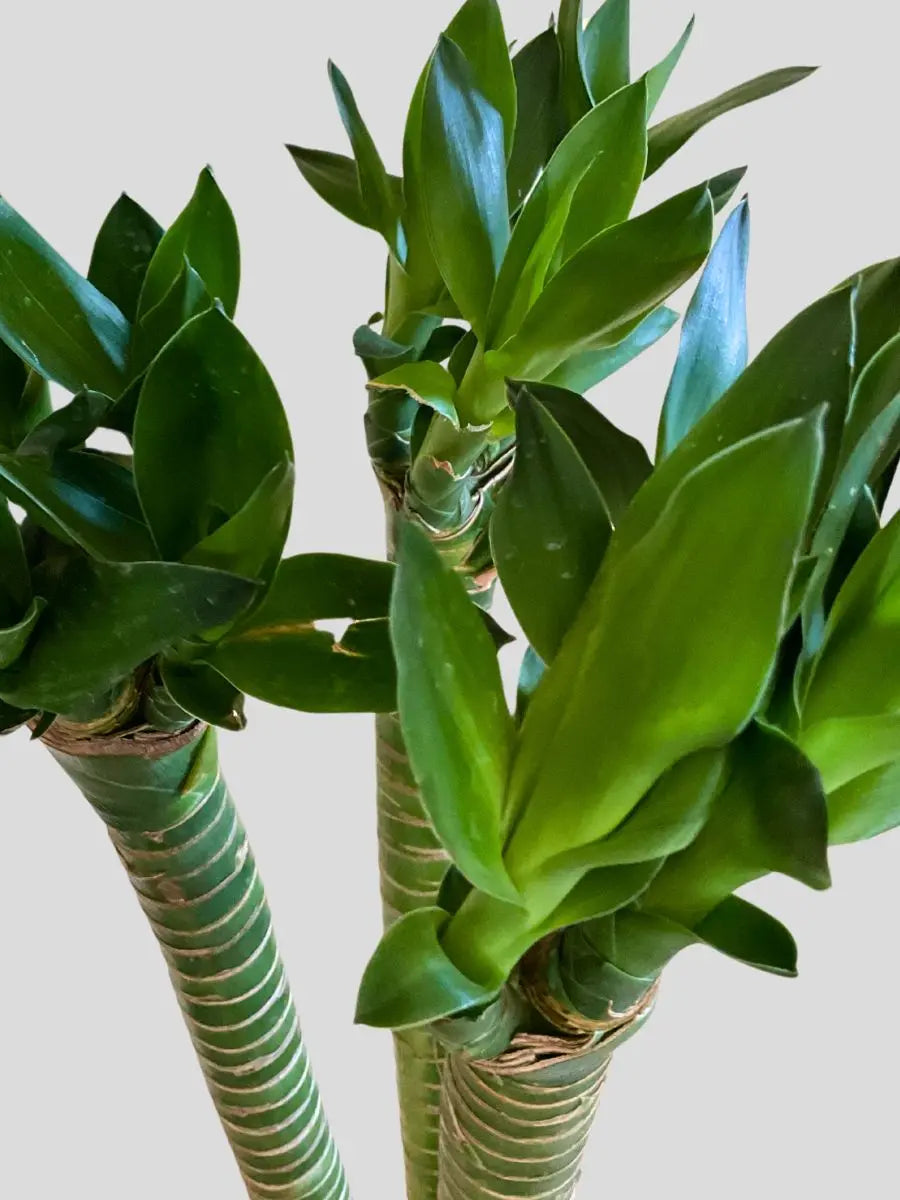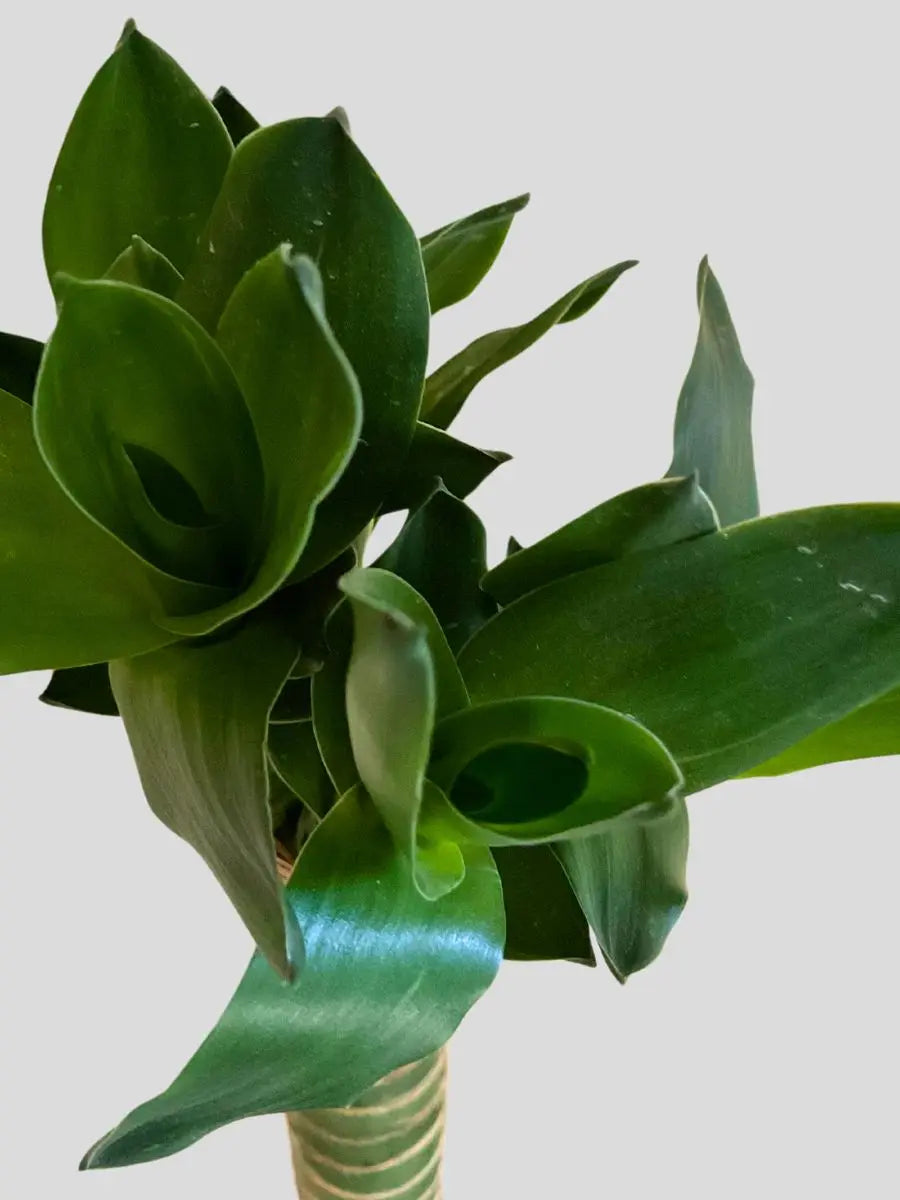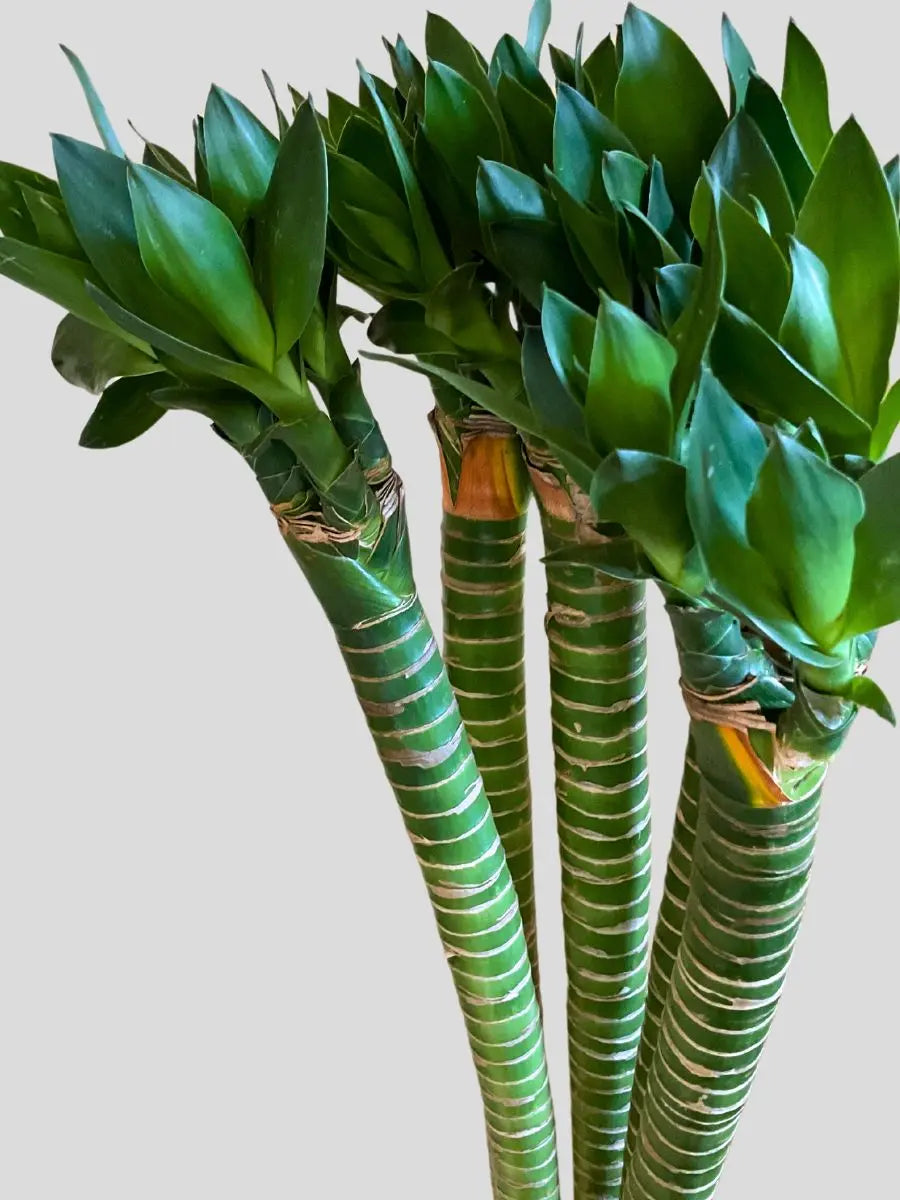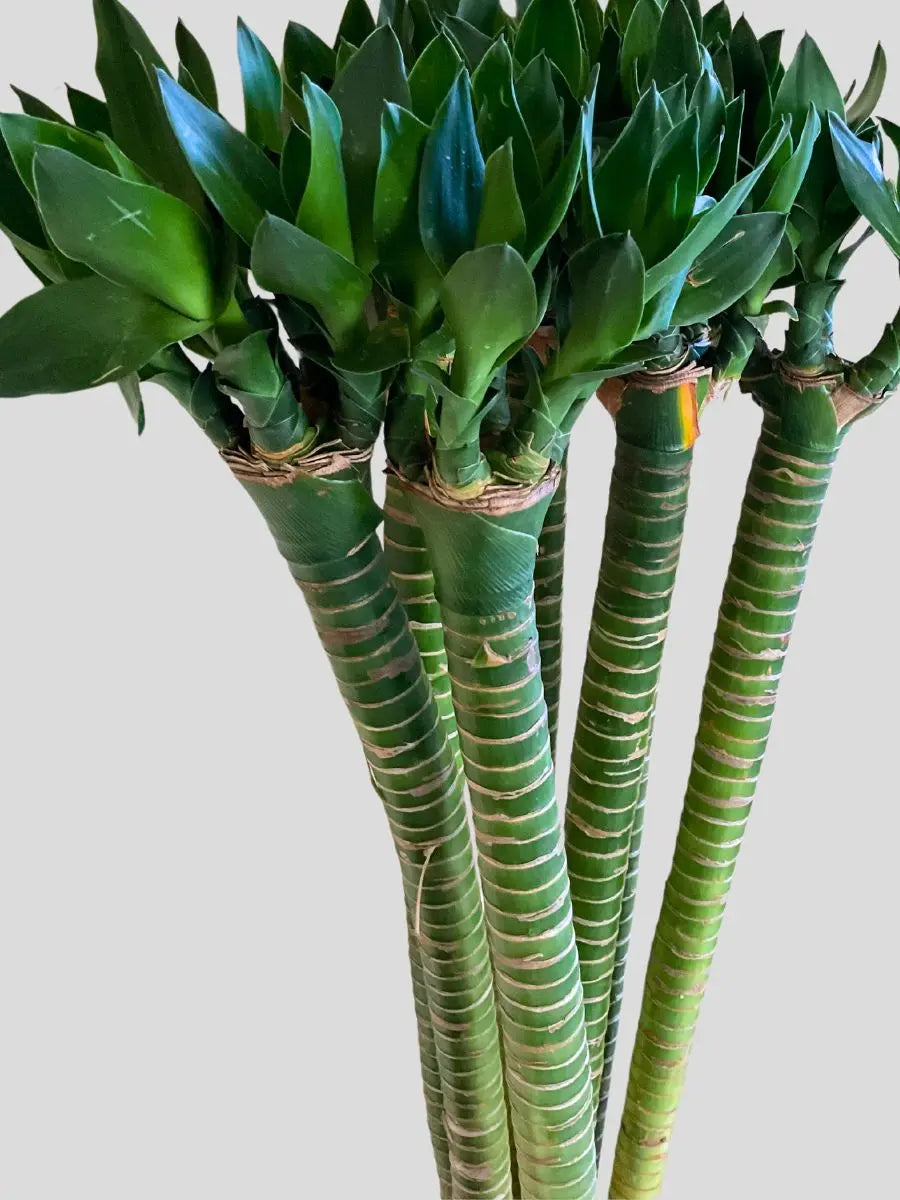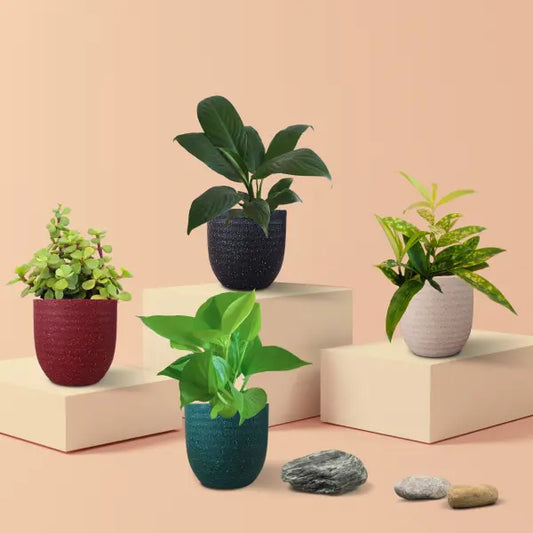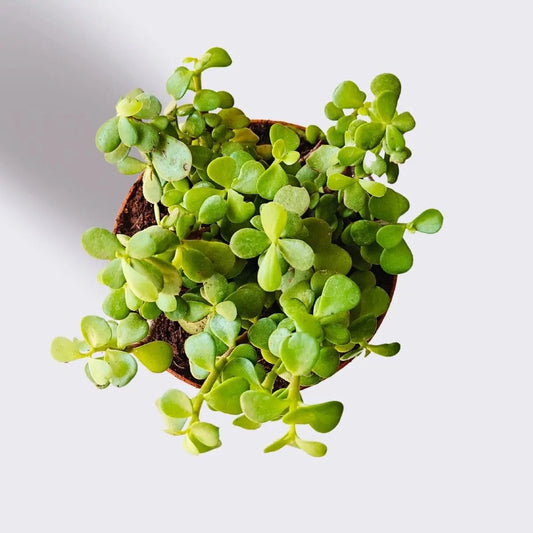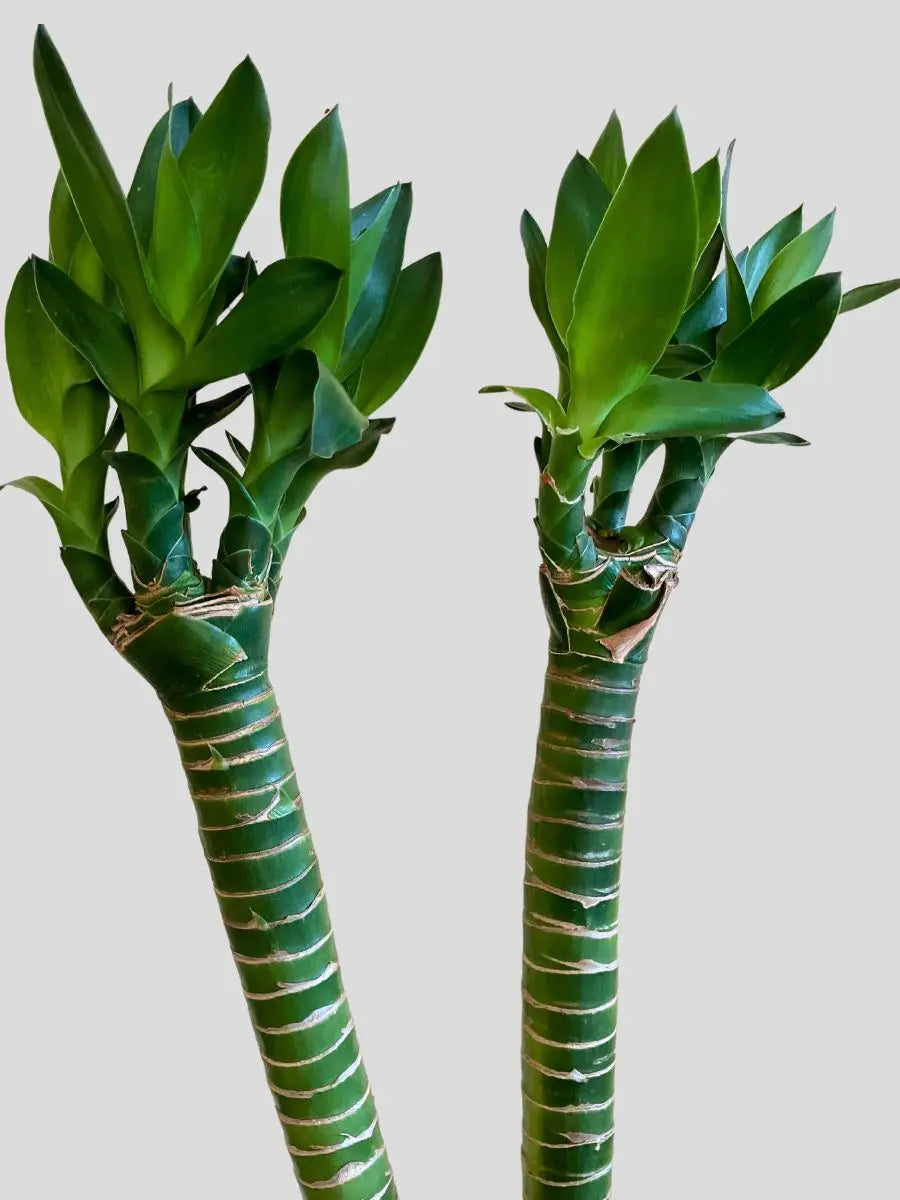

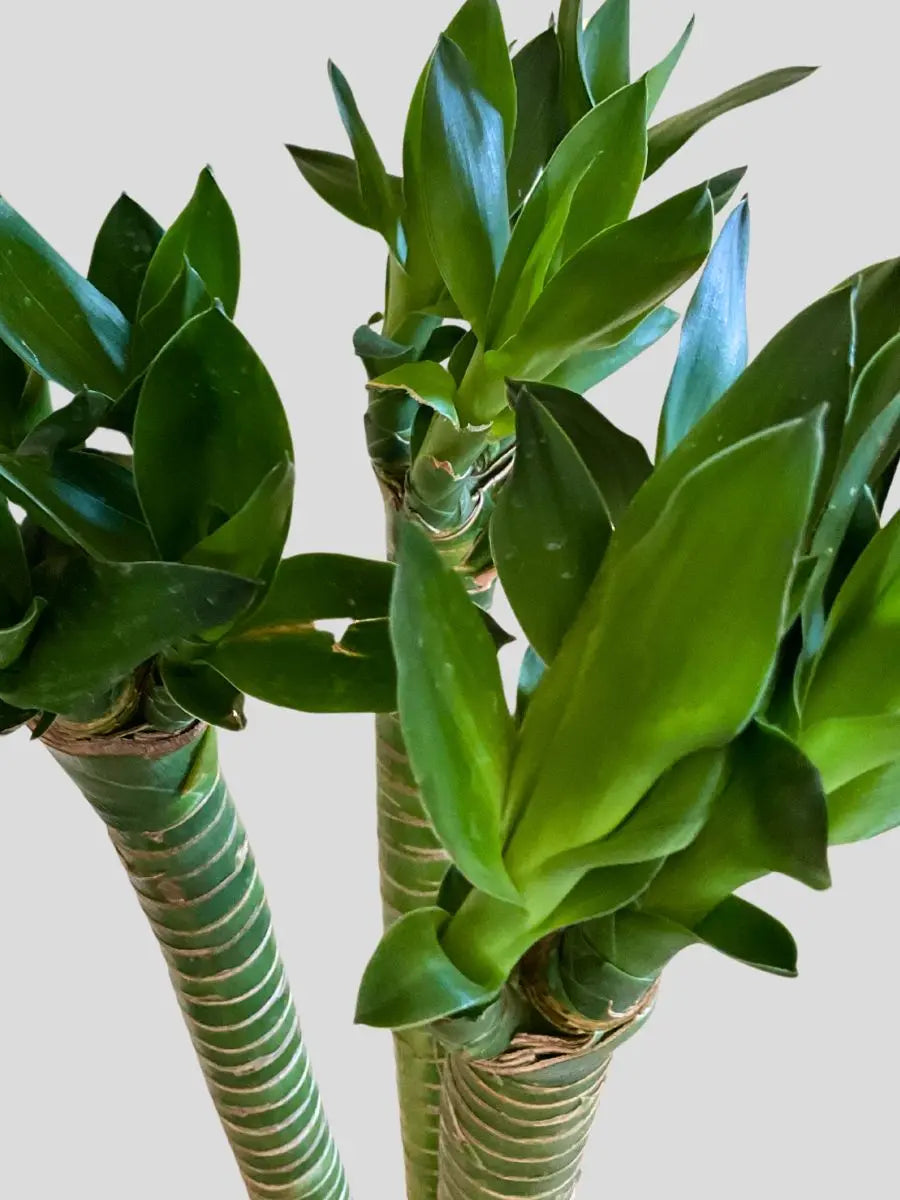
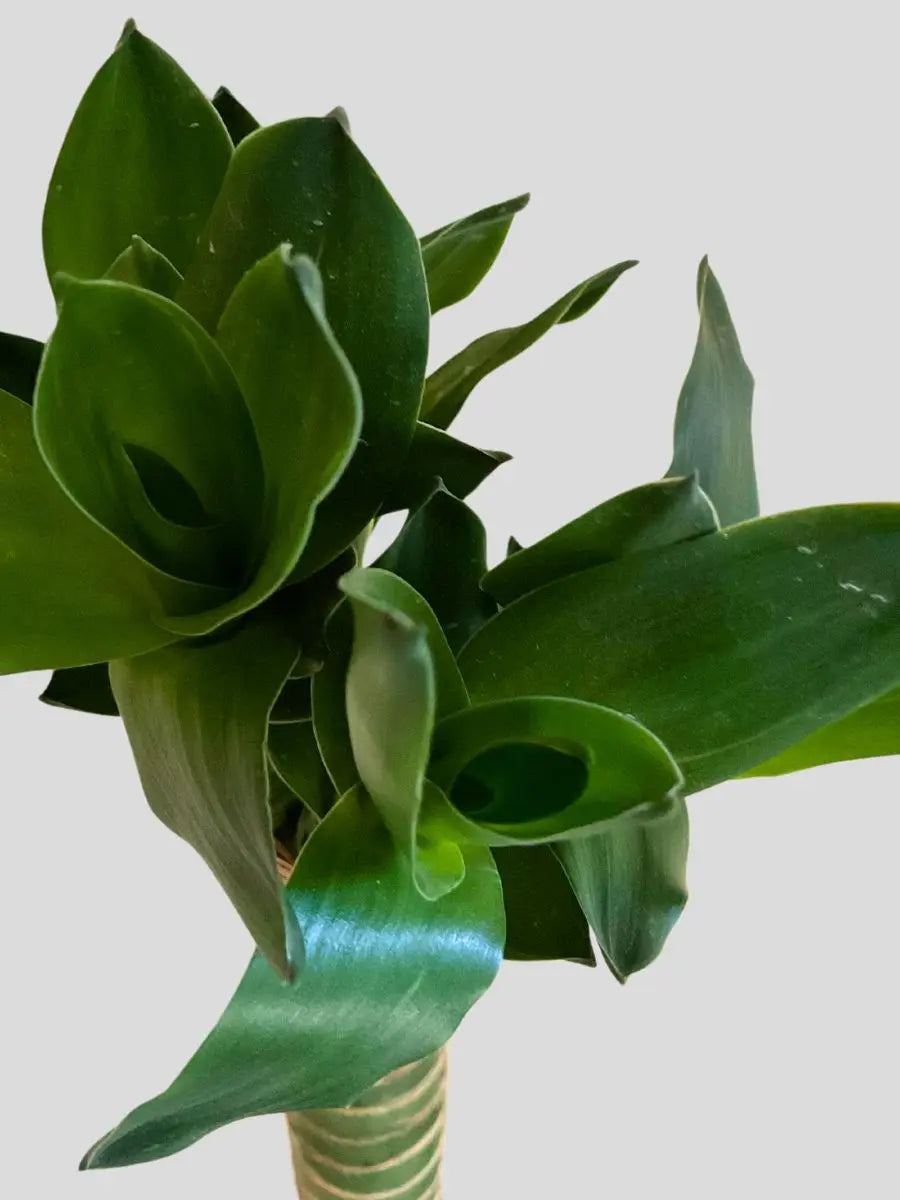
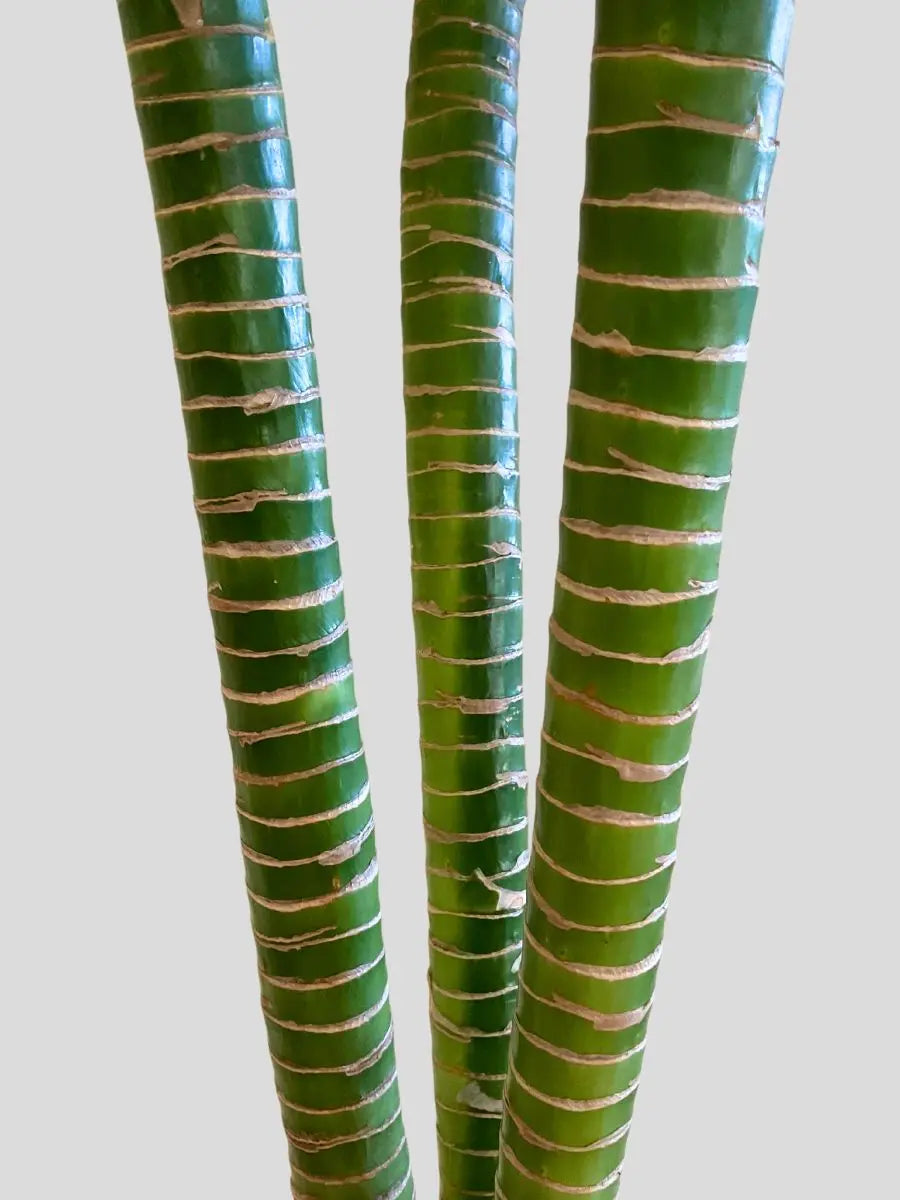
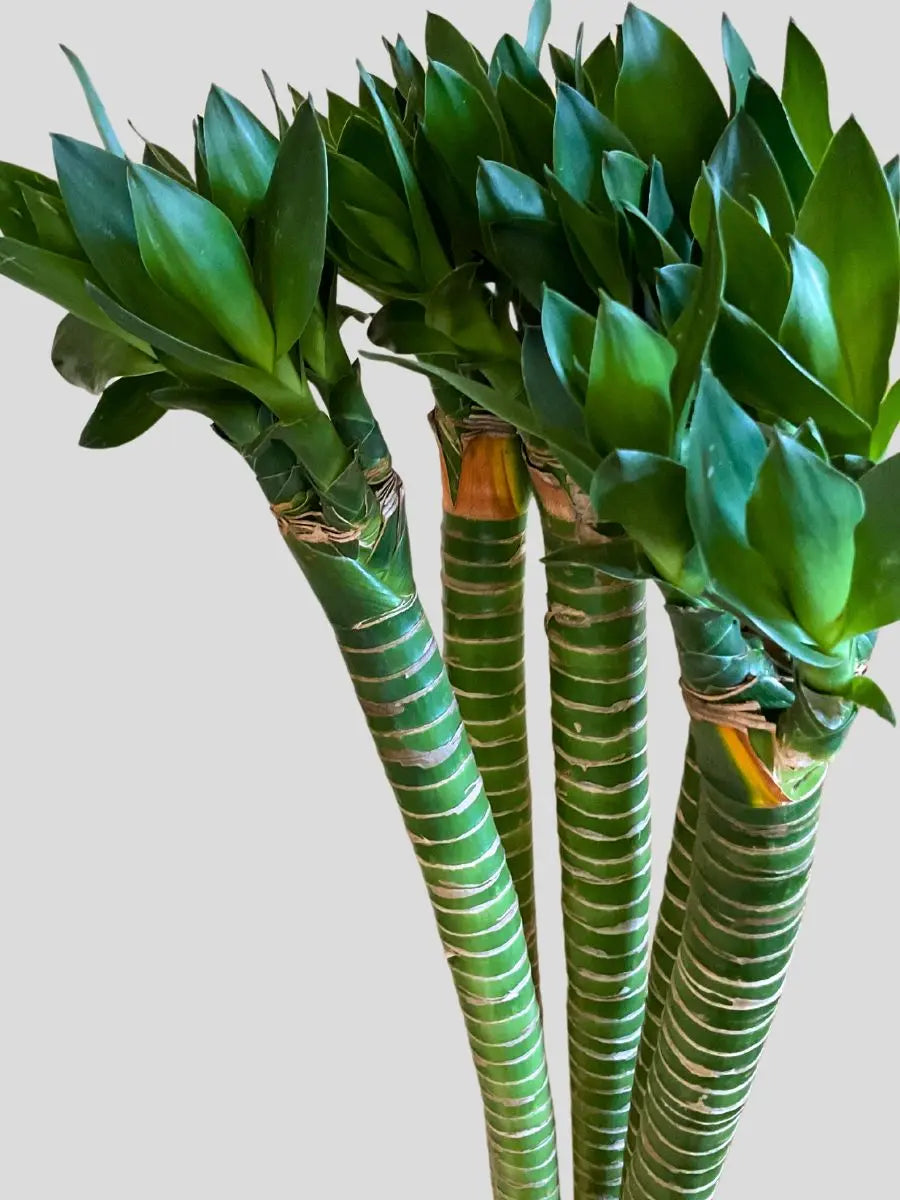
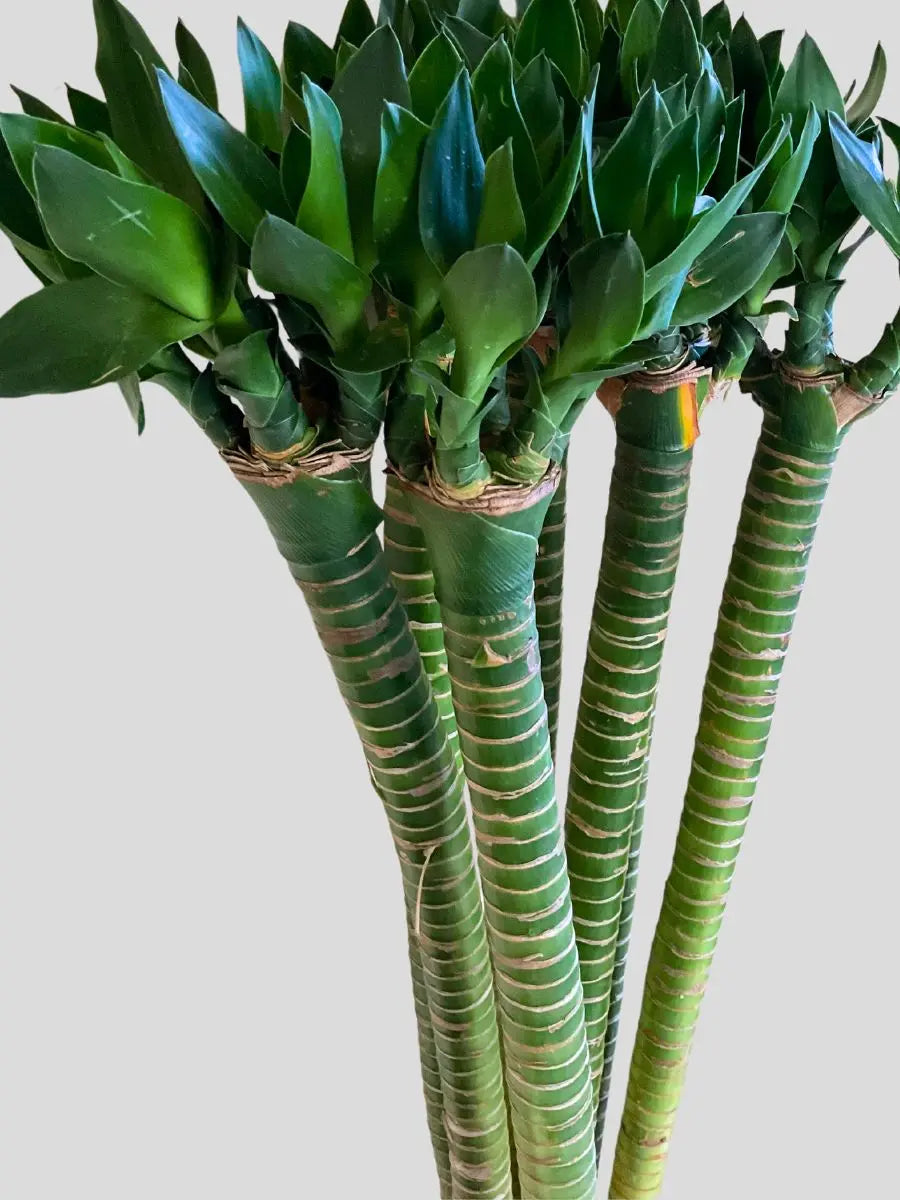
25,000+ Smiles Delivered
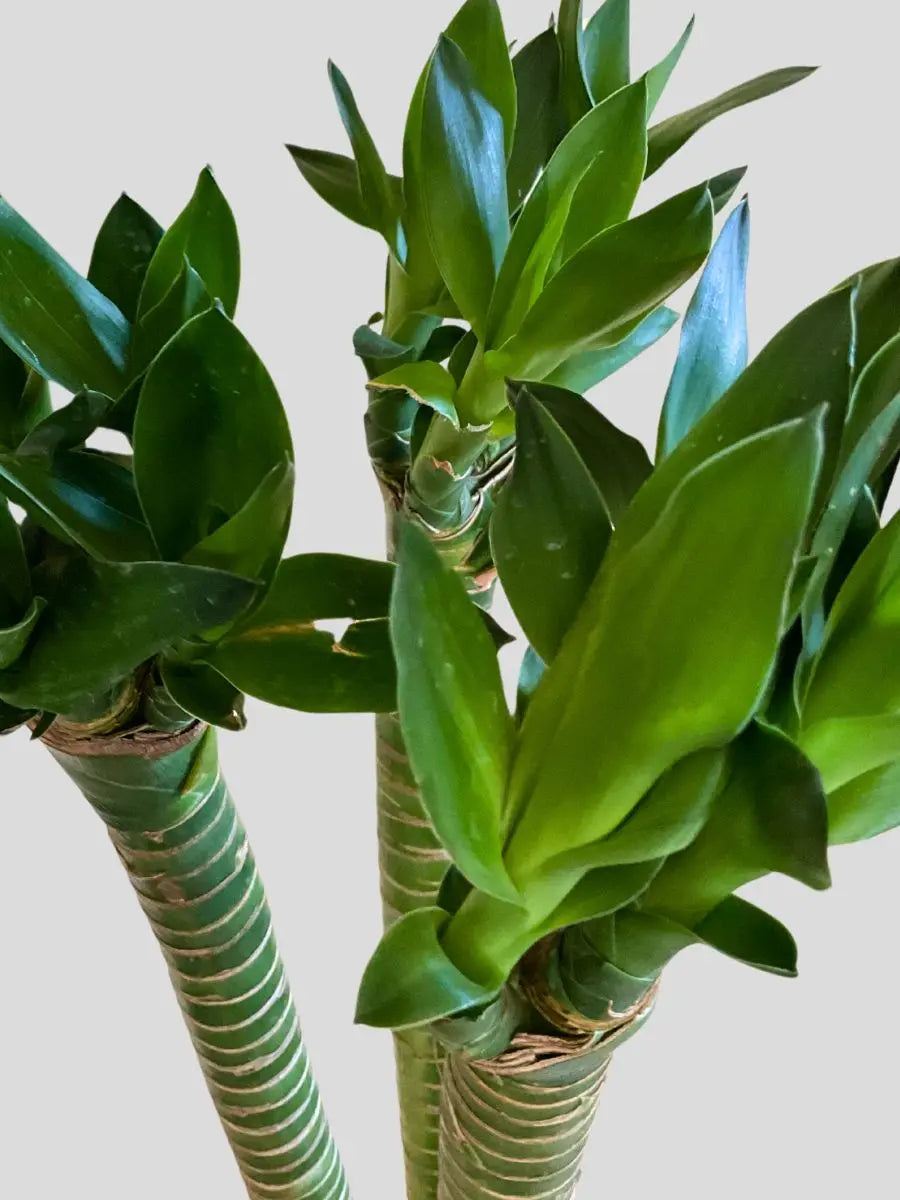
About Lotus Bamboo Plant
The Trending 25
-
Indoor Plants Combo for Home Decor in Eco Pots (Small)
Regular price ₹ 1,199Regular priceUnit price per₹ 2,199Sale price ₹ 1,199Sale -

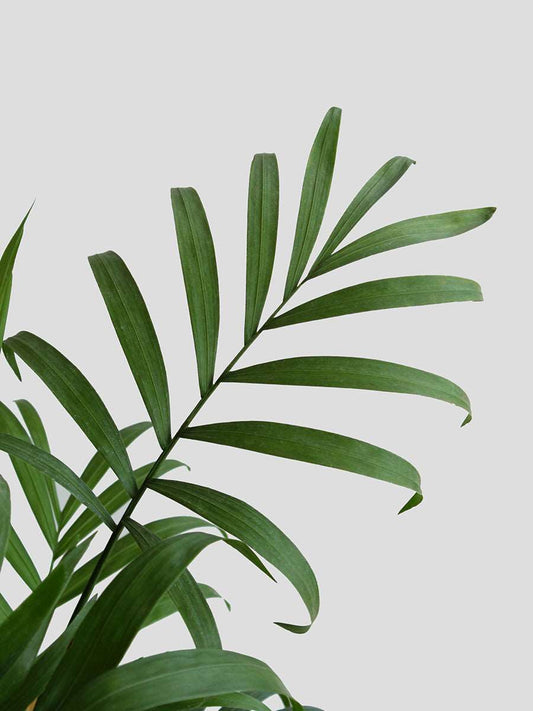 25% Off
25% OffBamboo Palm (Large)
Regular price From ₹ 899Regular priceUnit price per₹ 1,199Sale price From ₹ 899Sale -
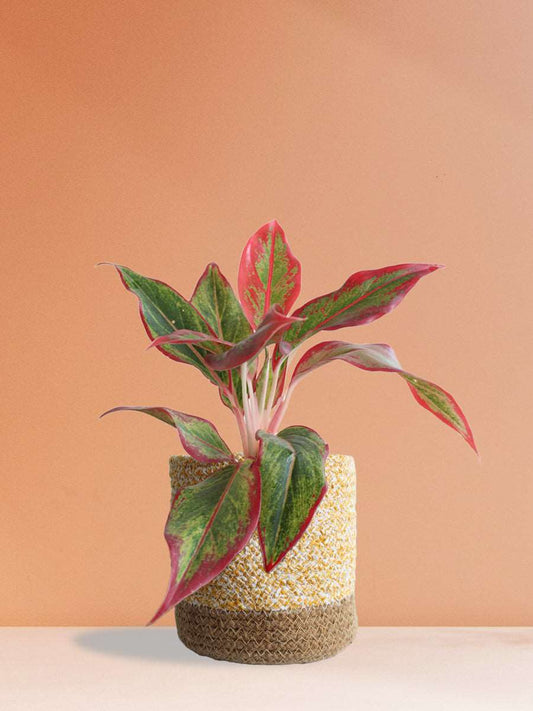
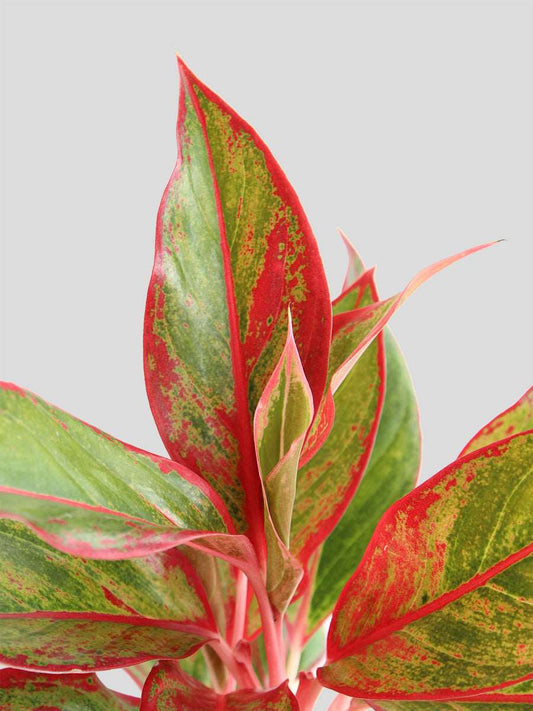 37% Off
37% OffAglaonema Red Lipstick (Medium)
Regular price From ₹ 499Regular priceUnit price per₹ 799Sale price From ₹ 499Sale -

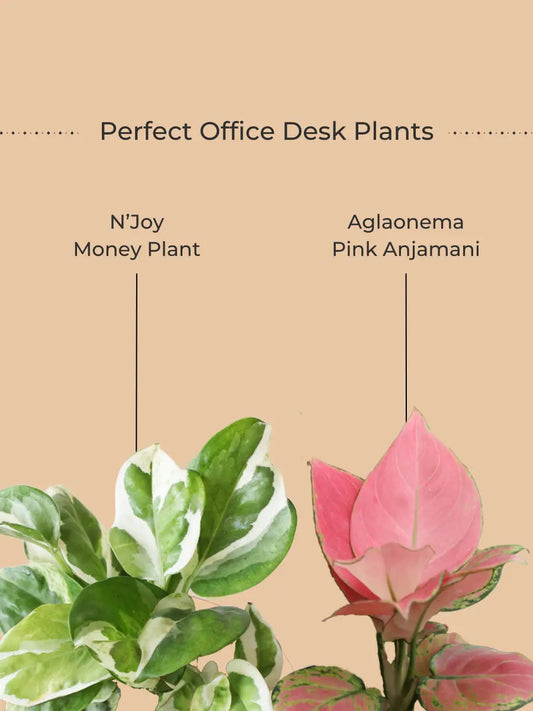 25% Off
25% OffOffice Desk Plants Combo (Small)
Regular price ₹ 936Regular priceUnit price per₹ 1,249Sale price ₹ 936Sale
Buy Lotus Bamboo Plant Online
The Lotus Bamboo plant is also well-known for its resilience and ability to grow in a variety of environments. It can survive in bright-to-shaded lighting conditions and grow in water just as well as in soil. This is probably why Lotus Bamboo is regarded as one of the must-have low-maintenance or gifting plants.
Find out about lotus bamboo plants, including how lotus bamboo plants differ from lucky bamboo plants, why you should buy them from Greenkin, their benefits, and how to care for them by scrolling down this page.
How Does Lotus Bamboo Differ From Lucky Bamboo?
Lotus Bamboo and Lucky Bamboo are different yet often used similarly. Both are hardy, pet-friendly, low-maintenance houseplants. These two plants may look very similar, yet the stalk count and leaf shape may be the key variances. Both are named after their appearances and cultures.
The lucky bamboo plant (scientifically known as Dracaena Sanderiana) has long, slender stems. The leaves of these stems are green or green with white streaks. The lotus bamboo plant (scientifically known as Dracaena compacta) has thicker stems and closely packed leaves that resemble small unfurling lotus-shaped blossoms.
Benefits of Lotus Bamboo Plant
The lotus bamboo plant offers several benefits for your home and office beyond its beautiful thick stem and lotus leaf structures. The benefits of the lotus bamboo plant are:
- Lotus Bamboo Plant has Aesthetical Beauty and Versatile decorative plant: The lotus bamboo's dense, lotus flower-like leaves create an eye-catching effect in any space. Whether grown in water or soil, its sculptural aesthetic and glossy green leaves can create a relaxing mood in the living room or office. You can also group plants, along with lotus bamboo plants, for a prettier appearance.
- Lotus Bamboo Plant has Low-maintenance and long-lasting plant: Lotus bamboo is a slow-growing and hardy plant. This slow-growing plant requires little care to maintain a fine appearance and size. Thus, it is a good plant for those who want something beautiful, feng shui benefits, and low maintenance.
- Lotus Bamboo Plant has air-purification properties: Lotus Bamboo plant is a good indoor air purifier like other Dracaena species. It eliminates harmful compounds like formaldehyde, benzene, and trichloroethylene, improving indoor air quality.
- Lotus Bamboo Plant has great symbolic benefits: The Lotus Bamboo plant's name comes from Chinese and other Asian cultures' bamboo and lotus connections. Bamboo is associated with "longevity and good health" while the lotus symbolises "purity and luck" in many cultures, making the Lucky Lotus Bamboo unique.
- Lotus Bamboo Plants are ideal gifting plants: A Lotus Bamboo plant makes a lovely gift for many occasions. This powerful plant symbolises luck, harmony, positive energy, longevity, good health, and purity. According to its symbolic appearance, this plant in particular with its lotus-like leaves is one of the top good-luck plants to give to someone. Plus, this plant is hard to kill, easier to care for, and more meaningful than many other traditional gifts, making it an ideal gift of affection that will last a lifetime.
The Best Spot to Set Up Your Lotus Bamboo Plant
The Lotus Bamboo grows with optimal healthy energy if it's placed where it can get a bright but not direct light. However, According to Vastu Planting, planting a bamboo plant close to the entrance in the east and southeast corners of the house, which stands for the energy of the family, will attract positive energy.
Furthermore, while the east and southeast corners have traditionally been regarded as ideal for lotus bamboo, these beautifully versatile plants can be grown anywhere.
Why Choose Greenkin to Buy Lotus Bamboo
Greenkin is the most reliable and esteemed online plant shop among plant enthusiasts or devotees of exotic houseplants, including the Lotus bamboo plant. Its firm, fast-growing leaf clusters resemble lotus flowers and symbolise “longevity, good health, purity, and luck”, making it popular. No matter if you're looking to add a touch of natural beauty to your space, purify the air in your house, or send a special message as a gift - Greenkin guarantees that your Lotus Bamboo plant will arrive healthy and vibrant at your or the recipient's doorstep.
How to Care for Lotus Bamboo Plant
Caring for a lotus bamboo plant is similar to that of lucky bamboo, with the exception that the lotus bamboo prefers more light and fertiliser. Learn how to take care of the Lotus bamboo plant.
- Lighting Requirements of Lotus Bamboo plant: Growing both Lucky Bamboo and Lotus Bamboo plants in water in low to bright light is possible. Both Lucky Bamboo and Lotus Bamboo require medium to low indirect light, but Lotus Bamboo can also tolerate direct or artificial light, including fluorescent office lighting.
- Watering Requirements of Lotus Bamboo plant: Lotus Bamboo plants should be kept in water or soil in a pot with enough water to keep them submerged but not drowning. Keep lotus bamboo roots covered with water. Refill the container with clean water weekly, or when it runs low. Never let the container dry out.
- Humidity Requirements of Lotus Bamboo plant: Sufficient humidity is ideal for bamboo growth. To prevent leaf stalk drying of lotus bamboo plants in low-humidity areas, mist it every two days. In the soil, maintain a moderately moist soil mixture for lotus bamboo potted plant.
- How often should Fertilizer be used for the Lotus Bamboo plant: Lotus Bamboo plants growing in water should not be overfertilized. Like healthy plants, it needs nutrients. Put one to two drops of liquid fertiliser in the water every few months during the growing season (spring and summer). If you add more, the stem may turn yellow and die. Fertilising this plant is dangerous. The same fertiliser can be used on soil. The main difference is monthly fertilisation. Just use the diluted water-soluble fertiliser instead of one of your regular waterings when you water your lotus bamboo plants.
- Temperature Requirements for Lotus Bamboo plant: Lucky bamboo and lotus bamboo are both temperature-sensitive plants. Keep it at 65°F to 95°F (18°C to 35°C). In winter, keep the plant away from windows to maintain temperature. Additionally, avoid placing the plant near air conditioning vents because lotus bamboo plants are sensitive to chilly drafts.
- How to avoid root root in Lotus Bamboo plant: Root rot plants, those with brown, spongy stalks and mush roots, may result from neglected water changes, overwatering (in soil), and overlighting. Remove damaged leaves or place them in a well-drained potting mix or fresh water to prevent this.
- Yellowing stalks on Lotus bamboo plant: Lotus bamboo stalks yellow may be the cause of overweight or fertiliser. Thus, move your lotus bamboo to a less bright spot if it's too bright. And avoid fertilisation of the lotus bamboo plant.
- Eliminating algae growth in Lotus Bamboo plant: Algae grows when fertiliser and light overpower a delicate water-loving plant. (It seems like you've created an ideal setting for algae by providing them with light and food.) Thus, clean the plant, container, and pebbles again. Then, put the water-loving lotus bamboo back in the container filled with fresh water.
FAQ
The Lotus bamboo plant (Dracaena compacta) is a popular indoor plant with sturdy stalks and densely packed lotus-like leaves. This beautiful, easy-to-care-for plant is recognised for its hardiness in nature and symbolic significance.
The Lotus bamboo plant (Dracaena compacta) does not belong to the bamboo family. It belongs to the Asparagaceae family, which includes agave and yucca.
The word "plant habit" describes how a plant grows. Dracaena compacta variants have a very compact and lush appearance, with less spacing between leaves along the stem.
Though similar, the Lotus bamboo plant and Lucky Bamboo are resilient, low-maintenance houseplants. The stalk count and leaf shape are the main differences. The Lotus bamboo plant (Dracaena compacta) has thick stems and lotus-like leaves. Lucky bamboo (Dracaena sanderiana) has ribbon-like leaves and arched stems.
The Lotus bamboo plant's popular name is derived from the Chinese and other Asian cultures' associations with bamboo and lotus. The difference between the two symbols is what makes the Lucky Lotus bamboo plant special in cultures where bamboo is considered to bring "longevity and good health" and lotus is considered to bring "purity and luck".
Yes, the Lotus bamboo plant thrives in water. Simply make sure that the water covers all of its roots. Always change the water weekly to avoid stagnant, foul-smelling water that could depress the plant.
Yes, growing a Lotus bamboo plant in the soil is another alternative. Keep the plant in a well-draining potting mix to remove excess water. Also, keep the soil moist to prevent drying.
When growing Lotus bamboo plants in water, keep the roots of the Lotus bamboo plant submerged and change the water weekly. When growing a Lotus bamboo plant in soil, it requires 1.5 to 2 inches of water to keep the roots moist. You should not overwater the plant because this will cause the roots to rot.
The optimal temperature range for Lotus bamboo plant development is 65–95°F (18–35°C). However, it must be shielded from chilly winds and sudden temperature changes.
Yellowing leaves of the Lotus bamboo plant can be an indication of unchanged watering issues (when grown in water) or underwatering (when grown in soil). Additionally, inadequate light can also cause plants to turn out too much yellow pigment.
Lotus bamboo plants grown in water need one or two drops of liquid fertilizer during the summer and spring seasons. This provides plant nutrition. However, overfertilizing this plant can cause it to turn yellow and damage the stem.
Yes, the Lotus bamboo plant, like other Dracaena plants, removes harmful compounds like formaldehyde, benzene, and trichloroethylene, improving indoor air quality.
The Lotus bamboo plant is an extremely slow-growing plant, growing six inches annually on average. With this slower pace, this plant makes long-lasting house decorations.
Common symptoms of root rot in Lotus bamboo plants include yellowing of the top leaves, mushy stems, and an unpleasant odour emerging from the plant's pot. To avoid these issues, maintain a clean, optimal frequency of water in the plant.
Of course, the Lotus bamboo plant is easily adaptable to semi-hydroponics. Simply make sure the roots have consistent access to water and use a hydroponic fertiliser.
Unlike Lucky Bamboo, young, bending stems can be used, but this is rare. The Lotus bamboo plant's larger stems make it more difficult to braid into a bundle or pipe.
Yes, the Lotus bamboo plant is a versatile gift for various occasions like housewarming, birthdays, get-well-soon, and other celebrations, as well as a simple message of best wishes.
The Lotus bamboo plant symbolizes “longevity, good health, purity, and luck." This lucky plant is perfect for gifting and treasured memories because of its beautiful appearance, slow growth, and easy care. Additionally, this plant is perfect for beginning gardeners, bringing nature, or just gathering "auspicious components" in a pot.
To keep a Lotus bamboo plant's leaves from drying out in low-humidity areas, spritz them with water every few days. This will provide additional moisture and keep the leaves from shrivelling—or, in severe situations, dying.
If you notice any algae, be sure to thoroughly clean the plant, its container, and any pebbles. Then, replace the plant with fresh, clean water to prevent algae growth.
Certainly, propagating the Lotus bamboo plant is as simple as removing the stem from the parent plant and placing it in water or soil until the roots grow. The stem you clip should be healthy, and you should care for the cutting throughout each step.
Of course, you can pair the Lotus bamboo plant with other plants to create an artistic display. Make sure your companion plants have similar care needs.
Absolutely, Lotus bamboo plants may be grown under artificial lighting, such as fluorescent lighting seen in offices, which is a suitable light source for growing plants indoors. Consequently, the Lotus bamboo plant thrives in low-light areas.
The Lotus bamboo plant can tolerate a variety of lighting, watering conditions, and little fertilisation with little effort. This all adds up to a hardy and long-lived plant.
To avoid waterlogging, use well-drained potting soil. Using a Dracaena species mix or any other mix with good drainage is ideal.
According to Vastu principles, planting the Lotus bamboo plant at the corners of the house or near the main entrance, particularly in the east or southeast, will draw positive energy and create an aura of family harmony.
Decorating your room is entirely up to you. However, in terms of practicality, you should consider the colour you choose for your planter. This is because a pot that absorbs too much light and heat can harm your plants' roots.
The Lotus bamboo plant is a houseplant that prefers indirect light. Direct sunlight may scorch its leaves. To avoid this, position yourself in an area with bright, filtered light.
No, the Lotus bamboo plant is pet-friendly. Even though the Lotus bamboo plant is largely harmless to pets, it's best to keep it away.
Separate the sick plants from the healthy ones first. Next, identify which pest is causing the problem. Take action to eliminate the pest after identifying it. Use insecticidal soap to kill pests on plants.
The Lotus bamboo plant is an excellent plant option, like other popular indoor houseplants, in terms of sustainability. Plus, it also filters the air and needs little care, making it an ideal green living addition to any environment or gift on any occasion.
The Lotus bamboo plant is an eco-friendly, best retirement gift that symbolises long longevity and good health. This is a meaningful present and a practically everlasting plant for the recipient. This is a wonderful way to express "well done" to a friend or coworker.
According to the Feng Shui tradition, bamboo can absorb bad energy and give positive feelings to its owner. A pot of lotus bamboo is often placed on a desk or table in a home or workplace to attract good luck and energy.
THE GREENKIN EXPERIENCE





